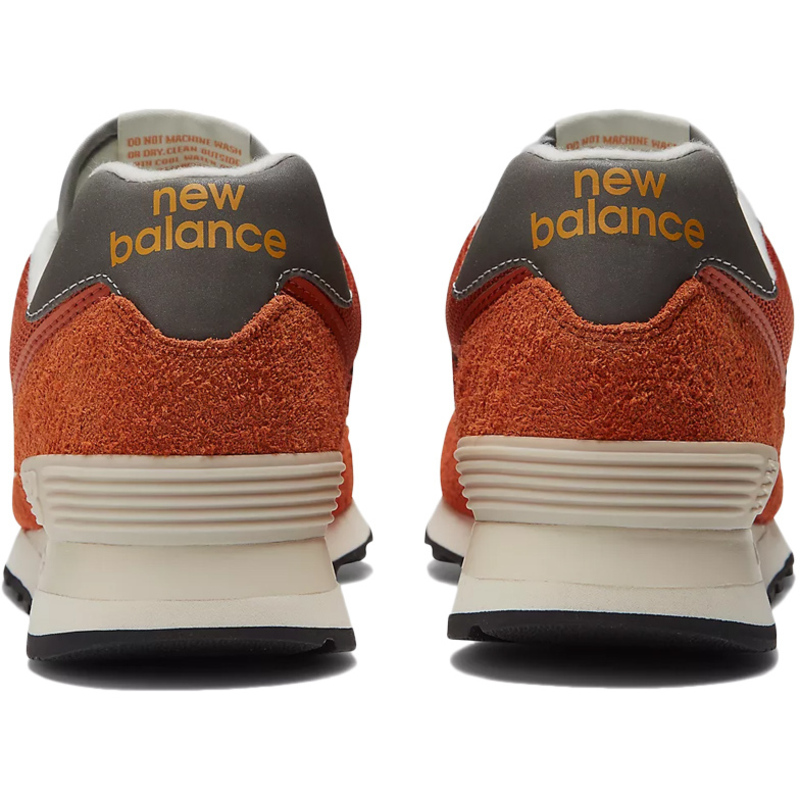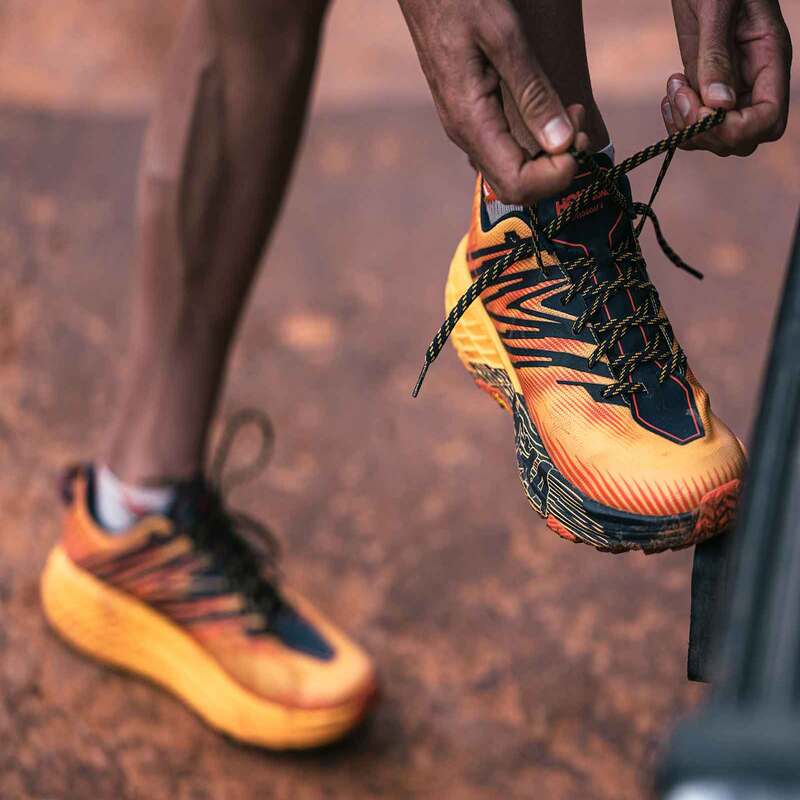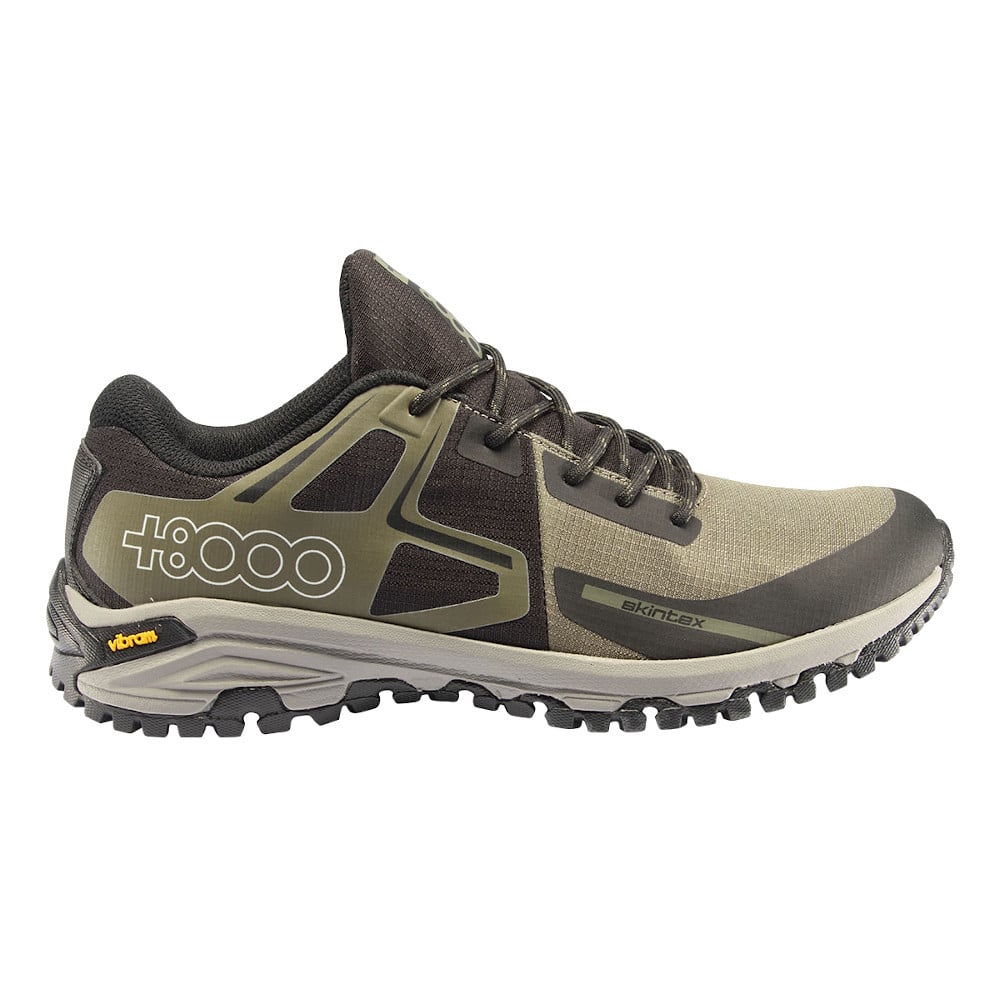Breaking in new shoes can be a common yet often frustrating experience. The process involves softening and molding the shoes to fit comfortably around your feet. While some shoes may feel perfect right out of the box, others require time and effort to become wearable without causing discomfort or pain. Understanding how long it takes to break in different types of shoes and the methods to speed up the process can help make this experience less daunting. Therefore, this comprehensive guide explores the time required to break in various shoe types, effective techniques to ease the process, and tips for maintaining comfort. By the end of this article, you’ll be well-equipped to handle breaking in new shoes efficiently.
Factors Affecting Break-In Time
Several factors influence the break-in period for new shoes, affecting the duration and effort needed. Therefore, understanding these factors can help set realistic expectations.
Type of Material
The material of the shoe plays a significant role in how quickly it will break in. Leather shoes, for instance, tend to be more rigid and require a longer break-in period compared to fabric or synthetic shoes. Leather gradually softens and conforms to the shape of your feet over time. Suede, although softer than standard leather, also needs some time to break in. Synthetic materials typically take a shorter time to break in due to their more flexible nature. Therefore, the type of material directly impacts the break-in duration.
Shoe Design and Construction
The design and construction of the shoe are other critical factors. Shoes with intricate designs, additional padding, or extra stitching may need more time to adjust to the contours of your feet. High-heeled shoes, for example, often require a longer break-in period due to the pressure they place on the feet. Similarly, shoes with a snug fit or narrow toes may take longer to feel comfortable. Athletic shoes, designed for flexibility and support, generally break in faster. Therefore, the design and construction of the shoe influence the break-in timeline.
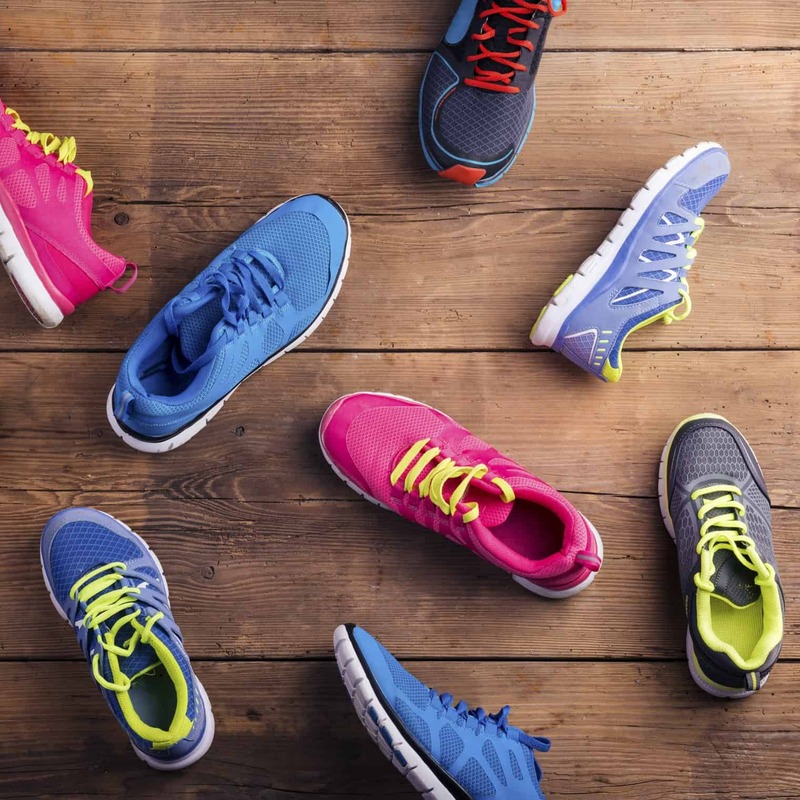
Break-In Time for Different Shoe Types
Different types of shoes require varying break-in periods. Therefore, examining specific categories can offer insights into what to expect.
Leather Shoes
Leather shoes are notorious for their longer break-in period, often taking from one week to a month to become fully comfortable. The stiff nature of leather means it needs adequate time to soften and mold to the shape of your feet. Wearing leather shoes for short periods initially and gradually increasing the wear time can help expedite the break-in process. Additionally, using conditioning products can soften the leather, making it more pliable. Therefore, patience and gradual wear are key to breaking in leather shoes effectively.
Athletic Shoes
Athletic shoes generally have a shorter break-in period compared to leather shoes, typically ranging from a few days to a week. These shoes are designed for flexibility and comfort, utilizing materials that conform quickly to the feet. To break in athletic shoes, it’s advisable to wear them during light activities first, gradually transitioning to more intense workouts. This approach allows the shoes to adapt to your movements and foot shape without causing discomfort. Therefore, athletic shoes usually break in faster due to their flexible design.
High Heels
High heels can take a considerable amount of time to break in, often requiring several weeks of occasional wear. The elevated design places pressure on the feet, making initial wear uncomfortable. To break in high heels, start by wearing them around the house for short periods, gradually increasing the duration. Using cushioned insoles and heel liners can also alleviate initial discomfort. Additionally, flexing the shoes gently before wearing can help soften the material. Therefore, breaking in high heels requires a combination of gradual wear and supportive accessories.
Techniques to Speed Up the Break-In Process
Several techniques can help speed up the break-in process, making new shoes comfortable more quickly. Therefore, exploring these methods can be highly beneficial.
Wear-Gradually Method
One of the most effective methods for breaking in new shoes is the wear-gradually approach. Start by wearing the shoes for short intervals, such as 15-30 minutes, around the house. Gradually increase the wear time each day, allowing the shoes to adjust to your feet without causing significant discomfort. This method prevents blisters and soreness while helping the shoes conform to your feet. Therefore, the wear-gradually method is a practical and straightforward technique for breaking in new shoes.
Using Shoe Stretchers
Shoe stretchers can be a valuable tool for expediting the break-in process. These devices are inserted into the shoes and adjusted to apply gentle pressure, stretching the material. Shoe stretchers can also target specific areas, such as tight spots, to create a more customized fit. For best results, leave the shoe stretchers in place for several hours or overnight. Using shoe stretch spray in conjunction with shoe stretchers can enhance the softening effect. Therefore, shoe stretchers are an effective way to accelerate the break-in period.
Preventing Discomfort During Break-In
Even with the best techniques, new shoes can still cause some discomfort initially. Therefore, knowing how to prevent and manage this discomfort is essential.
Using Protective Accessories
Protective accessories can significantly reduce discomfort while breaking in new shoes. Gel pads, cushioned insoles, and blister protectors provide extra cushioning and support, minimizing pain and pressure points. Heel grips and toe protectors can also be useful in preventing blisters and chafing. These accessories create a barrier between your feet and the shoes, making the break-in period more manageable. Therefore, using protective accessories is a practical way to enhance comfort during the break-in process.
Moisturizing and Conditioning
Moisturizing and conditioning the shoe material can make it more pliable, reducing the break-in time. For leather shoes, applying a leather conditioner or cream softens the material, allowing it to stretch more easily. For fabric or synthetic shoes, using a fabric conditioner spray can achieve similar results. Additionally, moisturizing your feet can prevent dryness and chafing, further enhancing comfort. Therefore, regular moisturizing and conditioning are effective strategies for a smoother break-in period.

Tips for Maintaining Comfort Post Break-In
Once your shoes are broken in, maintaining their comfort and fit is crucial. Therefore, adopting good habits and practices ensures long-lasting comfort.
Regular Cleaning and Conditioning
Maintaining the condition of your shoes is essential for preserving their comfort and durability. Regular cleaning removes dirt and debris that can cause wear and tear. For leather shoes, use a suitable leather cleaner and conditioner to keep the material soft and supple. Fabric and synthetic shoes can be cleaned using mild soap and water. Regular conditioning prevents the material from becoming stiff and ensures that the shoes remain comfortable. Therefore, proper cleaning and conditioning are vital for maintaining the comfort of your shoes.
Rotating Shoes
Wearing the same pair of shoes every day can accelerate wear and reduce their lifespan. Rotating shoes allows each pair to rest and regain their shape, preventing excessive wear. Additionally, rotating shoes can reduce foot fatigue by varying the pressure points and support areas. Have at least two to three pairs of shoes in your rotation to ensure each pair gets adequate rest. Therefore, rotating shoes is a practical strategy for maintaining comfort and extending their lifespan.
Common Myths About Breaking in Shoes
Several myths surround the process of breaking in new shoes. Therefore, debunking these misconceptions can provide clarity and prevent potential issues.
Myth: Pain is Inevitable
One common myth is that pain and discomfort are inevitable during the break-in period. While some initial discomfort is expected, significant pain and blistering should not be considered normal. Proper techniques and protective accessories can minimize discomfort, making the process more bearable. Therefore, believing that pain is inevitable can lead to unnecessary suffering and long-term foot issues.
Myth: Expensive Shoes Don’t Need Breaking In
Another prevalent myth is that high-end or expensive shoes don’t require a break-in period. Regardless of price or brand, new shoes often need time to adjust to the shape of your feet. Even the highest-quality materials can be stiff initially. Therefore, assuming that expensive shoes don’t need breaking in can result in discomfort and potential damage.
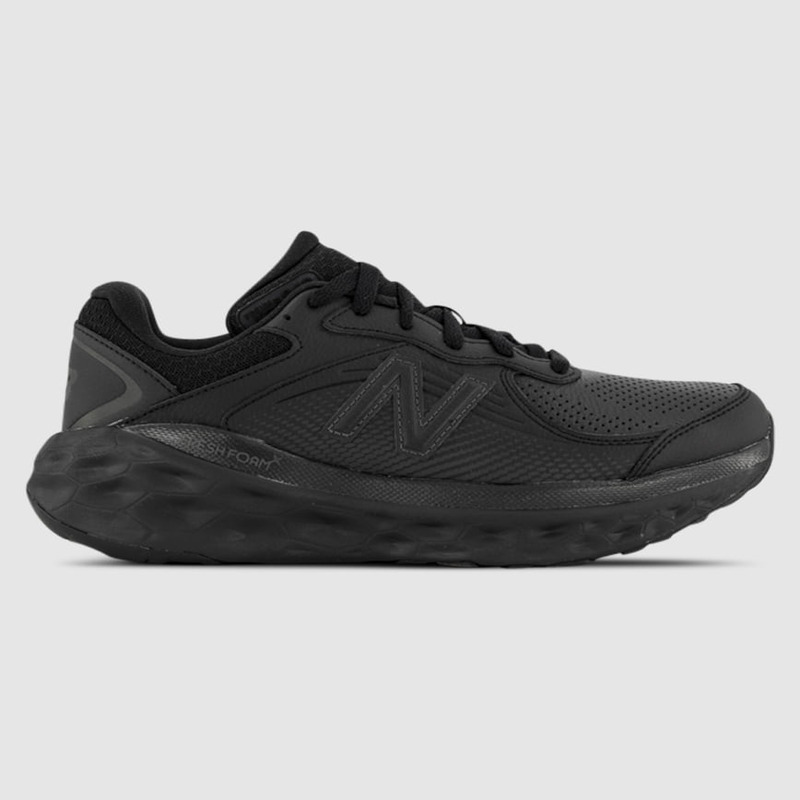
Conclusion
Breaking in new shoes is a necessary process to achieve optimal comfort and fit, regardless of the type or material. Several factors, including the shoe’s material and design, influence the break-in period. For example, leather shoes generally take longer to break in compared to athletic shoes, which are designed for flexibility. High heels require a gradual approach and may benefit from supportive accessories.
Effective techniques, such as the wear-gradually method and using shoe stretchers, can expedite the break-in process. Additionally, protective accessories and regular conditioning can prevent discomfort and enhance comfort. Maintaining the condition of your shoes through regular cleaning, conditioning, and rotating them helps preserve their comfort and extend their lifespan.
Dispelling common myths, such as the inevitability of pain and the misconception that expensive shoes don’t need breaking in, can lead to a more pleasant experience. By understanding the time required, effective techniques, and preventative measures, you can confidently navigate the break-in process.
Therefore, armed with this comprehensive guide, you are now well-prepared to handle the break-in period for new shoes, ensuring a comfortable and enjoyable experience from the outset.
